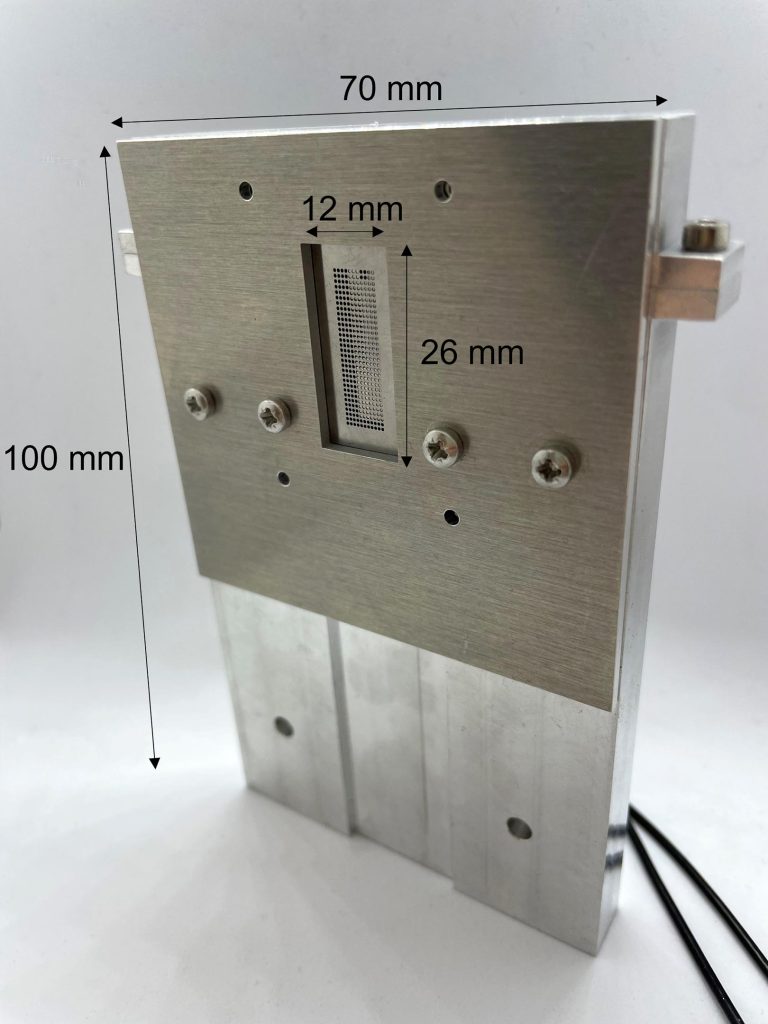The beam-steering antenna technology has been developed to increase the efficiency of fixed base station antenna at 5G (mmWave) and 6G, and can also be adapted for vehicle-to-vehicle, vehicle-to-infrastructure, vehicular radar, and satellite communications. Credit: dem10
A new beam-steering antenna that increases the efficiency of data transmission, and opens up frequencies for mobile communications that are inaccessible to currently used technologies has been revealed by scientists from the International Union of Radio Science Atlantic / Asia-Pacific Radio Science Meeting, show the device can provide continuous ‘wide-angle’ beam steering, allowing it to track a moving mobile phone user in the same way that a satellite dish turns to track a moving object, but with significantly enhanced speeds.
Devised by researchers from the University of Birmingham’s School of Engineering, the technology has demonstrated vast improvements in data transmission efficiency at frequencies ranging across the millimeter wave spectrum, specifically those identified for 5G (mmWave) and 6G, where high efficiency is currently only achievable using slow, mechanically steered antenna solutions.
For 5G mmWave applications, prototypes of the beam-steering antenna at 26 GHz have shown unprecedented data transmission efficiency.
The beam-steering antenna technology has been developed to increase the efficiency of fixed base station antenna at 5G (mmWave) and 6G, and can also be adapted for vehicle-to-vehicle, vehicle-to-infrastructure, vehicular radar, and satellite communications. Credit: University of Birmingham
The device is fully compatible with existing 5G specifications that are currently used by mobile communications networks. Moreover, the new technology does not require the complex and inefficient feeding networks required for commonly deployed antenna systems, instead using a low complexity system that improves performance and is simple to fabricate.
The beam-steering antenna was developed by Dr. James Churm, Dr. Muhammad Rabbani, and Professor Alexandros Feresidis, Head of the


![4 Trigger Mobile Game Controller with Cooling Fan Adjustable Stand for PUBG/Call of Duty/Fotnite [6 Finger Mode] GAMR+ L1R1 L2R2 Gaming Grip Gamepad 4 Trigger Mobile Game Controller with Cooling Fan Adjustable Stand for PUBG/Call of Duty/Fotnite [6 Finger Mode] GAMR+ L1R1 L2R2 Gaming Grip Gamepad](https://cheapestgadget.com/wp-content/uploads/2022/04/4-Trigger-Mobile-Game-Controller-with-Cooling-Fan-Adjustable-Stand-211x150.jpg)

